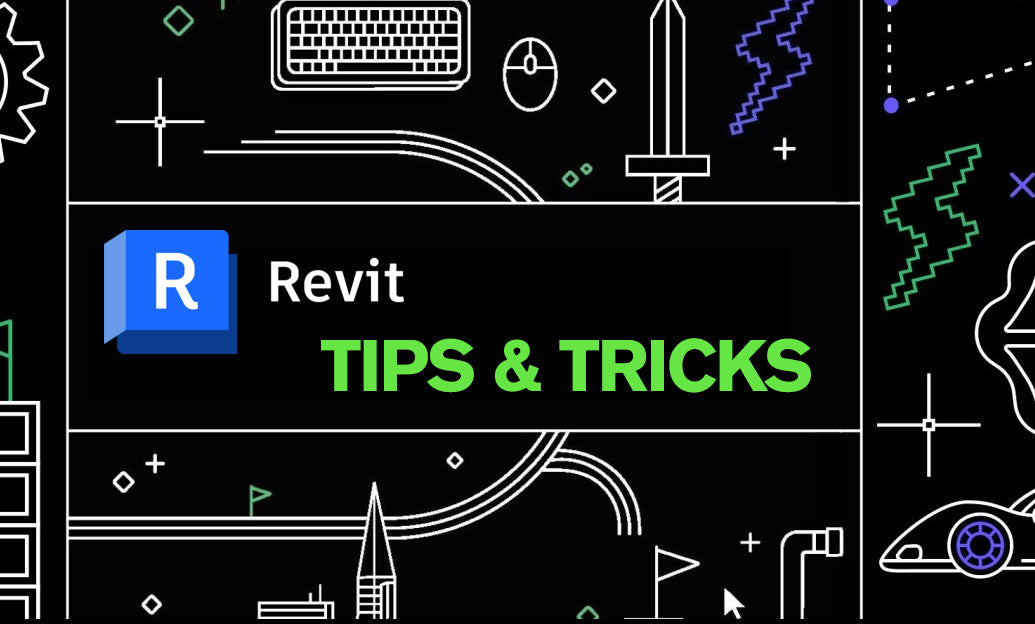Your Cart is Empty
Customer Testimonials
-
"Great customer service. The folks at Novedge were super helpful in navigating a somewhat complicated order including software upgrades and serial numbers in various stages of inactivity. They were friendly and helpful throughout the process.."
Ruben Ruckmark
"Quick & very helpful. We have been using Novedge for years and are very happy with their quick service when we need to make a purchase and excellent support resolving any issues."
Will Woodson
"Scott is the best. He reminds me about subscriptions dates, guides me in the correct direction for updates. He always responds promptly to me. He is literally the reason I continue to work with Novedge and will do so in the future."
Edward Mchugh
"Calvin Lok is “the man”. After my purchase of Sketchup 2021, he called me and provided step-by-step instructions to ease me through difficulties I was having with the setup of my new software."
Mike Borzage
V-Ray Tip: Optimizing Realistic Fabric Textures with V-Ray's Two-Sided Material
December 03, 2024 2 min read

When striving to create realistic fabric textures in V-Ray, leveraging the Two-Sided Material can be incredibly beneficial. This versatile tool helps simulate the appearance of thin cloth materials, such as curtains or delicate garments, where light interacts with both sides of the fabric.
Here are some pivotal tips on effectively using V-Ray's Two-Sided Material for realistic fabric rendering:
- Understand the Basics: The Two-Sided Material works by allowing you to assign different materials to the front and back of a surface. This is especially useful for materials like paper, leaves, and fabric, where translucency and different textures are visible on each side.
- Material Assignment: Start by creating the materials you want to use for the front and back of your fabric. Consider factors like color, roughness, and reflectivity that contribute to the realism of your fabric.
- Translucency Settings: The translucency parameter is crucial for controlling how much light passes through the fabric. Adjust it to simulate various fabric types, such as sheer curtains or dense, opaque textiles.
- Use Textures: Incorporate textures to enhance realism. Use high-resolution fabric textures and bump or normal maps to provide surface detail and tactile authenticity.
- Lighting Considerations: When setting up your scene lighting, consider how light will interact with your fabric. Soft, diffused lighting can enhance the subtle textures and translucency of your material.
- Render Tests: Conducting small region render tests can be extremely helpful. Adjust your settings iteratively to achieve the desired look without consuming excessive render times.
- Optimize for Performance: While the Two-Sided Material is powerful, it can increase render times. Optimize other aspects of your scene, such as reducing unnecessary polygons or using V-Ray's efficient rendering features, to compensate.
Beyond these tips, always remember to experiment and iterate to achieve the precise look you envision. The result can be incredibly photorealistic fabric that enhances the depth and authenticity of your renderings.
For more insightful tips and to explore V-Ray solutions, visit NOVEDGE and check out their offerings on V-Ray products.
You can find all the V-Ray products on the NOVEDGE web site at this page.
Also in Design News

Animating your first walk cycle - Part 3: Keyframing major upper body poses
February 05, 2025 1 min read
Read More
ZBrush Tip: Optimizing ZBrush and Maxwell Render Integration for Enhanced 3D Visualization
February 05, 2025 3 min read
Read More
Revit Tip: Creating Custom Plumbing Fixtures in Revit: Tips for Enhanced Functionality and Design
February 05, 2025 2 min read
Read MoreSubscribe
Sign up to get the latest on sales, new releases and more …


